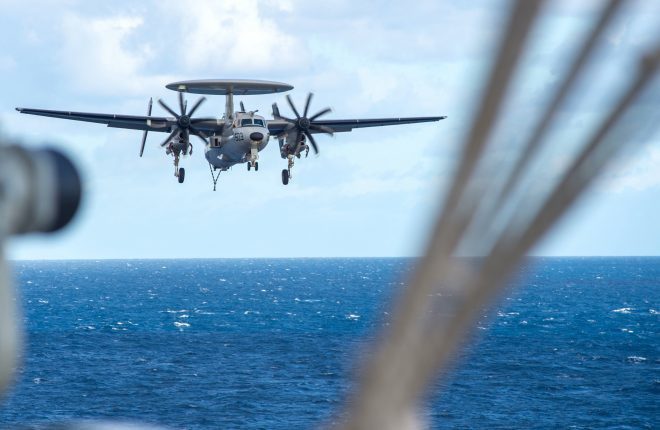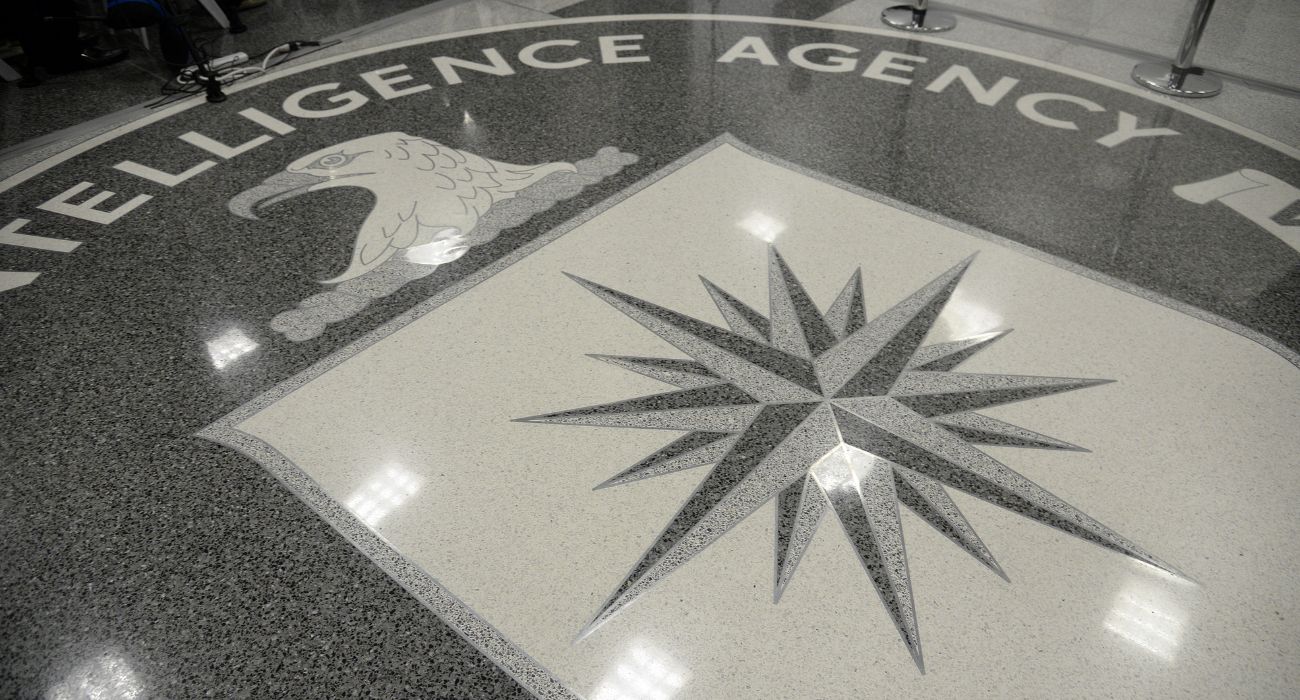The U.S. Military has suffered multiple losses due to aircraft fatalities in the past couple of months. The U.S. Navy confirmed an E2-D Hawkeye aircraft had crashed near Wallops Island and Chincoteague Island. The crash has one confirmed fatality and two injured personnel.
NASA’s emergency response crews were reported to the downed aircraft at 7:30 p.m. on March 30. The Mid-Atlantic Coast Guard and local emergency services were called into action when the severity of the situation became clear.
The plane went down in the ocean close to the town of Stockton, Maryland, where a volunteer fire department was the first responder to arrive on the scene.
The plane was reported to be partially submerged when first responders arrived at the scene. The two injured service members had managed to exit the E2-D Hawkeye, with the third last seen strapped into their seat as the plane submerged.
A Navy officer explained that the aircraft came down during routine training along the border between Virginia and Maryland. The rescue of the injured crew members was a joint mission between the Stockton Fire Department and Maryland State Police.
The two injured crew members have been treated for broken legs but do not have life-threatening injuries. The Worcester County Fire Department’s dive team took part in the recovery of the deceased crew member.
“I’m continuing to monitor the Navy plane crash in Accomack County. I’m keeping our naval aviators, their families, and our first responders in my thoughts and prayers tonight as rescue and recovery efforts continue,” said U.S. Rep. Elaine Luria.
The Navy and Army have witnessed a series of aircraft crashes in the past months. The training necessary to maintain proficiency as a rotary-wing or fixed-wing pilot in the U.S. Military comes with inherent risks and life-threatening dangers. The U.S. Military will continue to assess all accidents, their causes, and how to prevent any future loss of life.






